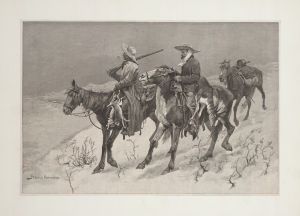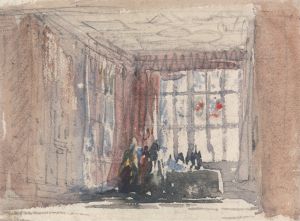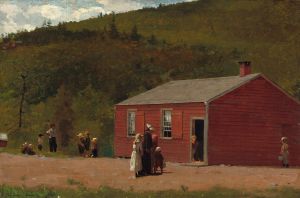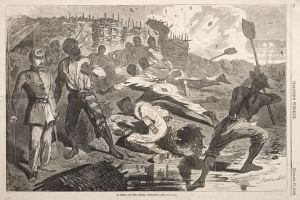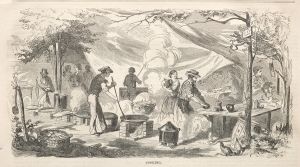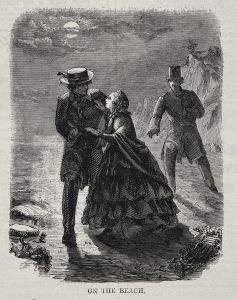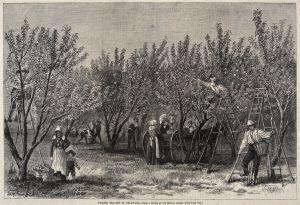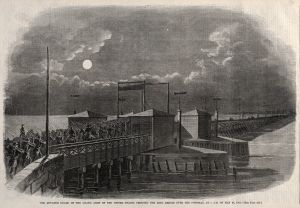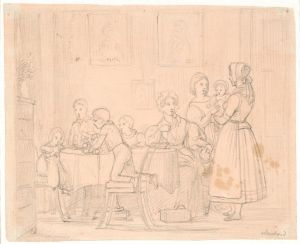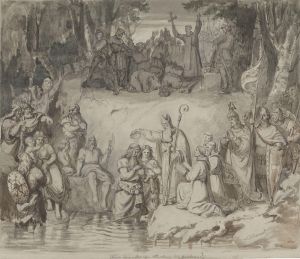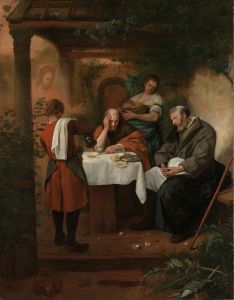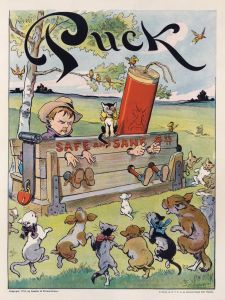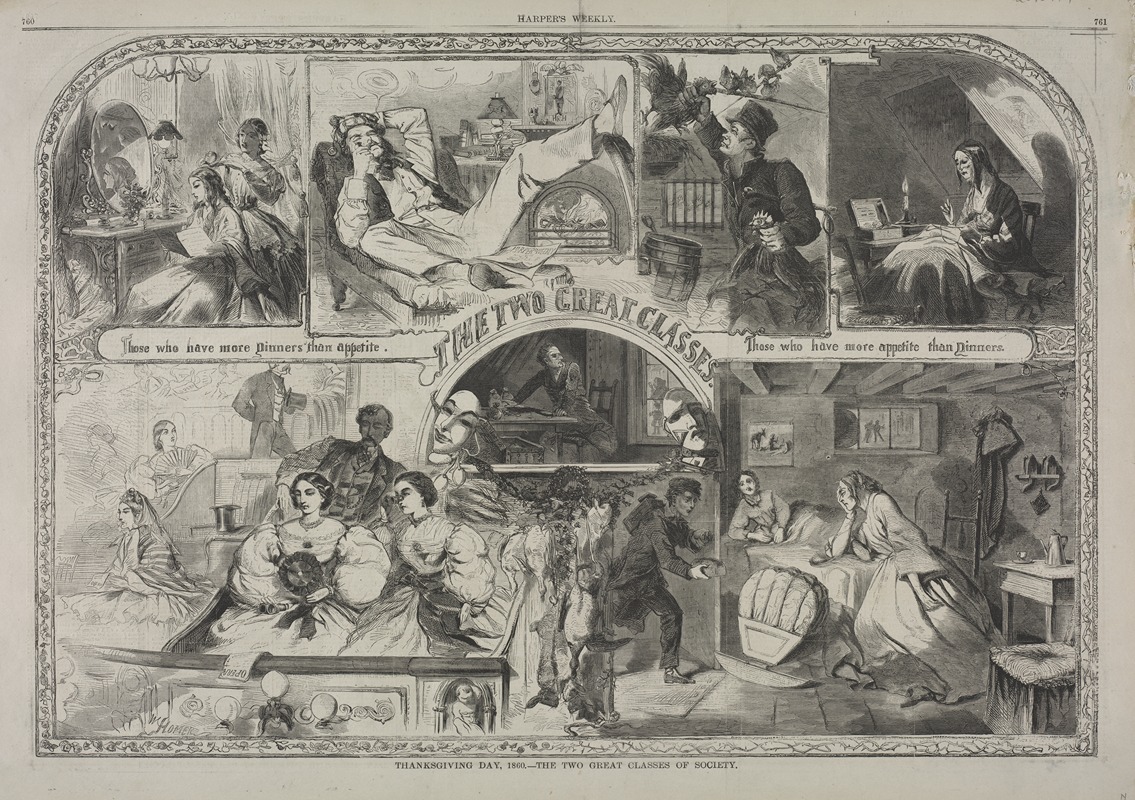
Thanksgiving Day, 1860 – The Two Great Classes of Society
A hand-painted replica of Winslow Homer’s masterpiece Thanksgiving Day, 1860 – The Two Great Classes of Society, meticulously crafted by professional artists to capture the true essence of the original. Each piece is created with museum-quality canvas and rare mineral pigments, carefully painted by experienced artists with delicate brushstrokes and rich, layered colors to perfectly recreate the texture of the original artwork. Unlike machine-printed reproductions, this hand-painted version brings the painting to life, infused with the artist’s emotions and skill in every stroke. Whether for personal collection or home decoration, it instantly elevates the artistic atmosphere of any space.
"Thanksgiving Day, 1860 – The Two Great Classes of Society" is an engraving by the American artist Winslow Homer, created during the early stage of his career. Winslow Homer, who would later become one of the most celebrated painters in American art history, initially gained recognition through his work as an illustrator. This particular piece was published in the November 24, 1860, issue of Harper's Weekly, a popular illustrated newspaper of the time.
The engraving captures a scene that reflects the social dynamics and cultural atmosphere of the United States on the eve of the Civil War. The title itself, "The Two Great Classes of Society," suggests a commentary on the social stratification present in 19th-century America. The artwork is divided into two distinct sections, each representing different social classes and their respective experiences of Thanksgiving Day.
In the upper section of the engraving, Homer depicts a well-to-do family gathered around a lavish Thanksgiving meal. The setting is an elegant dining room, complete with fine china, a large turkey, and various side dishes, symbolizing abundance and prosperity. The family members are dressed in formal attire, and their expressions convey a sense of contentment and gratitude. This part of the engraving highlights the affluence and comfort enjoyed by the upper class during the holiday.
In contrast, the lower section of the engraving presents a starkly different scene. Here, Homer illustrates a less fortunate family, likely representing the working class or impoverished segment of society. The setting is a modest, sparsely furnished room, where the family gathers around a simple meal. The expressions of the family members are more subdued, reflecting the challenges and hardships they face. This juxtaposition serves to emphasize the economic disparities and social inequalities of the time.
Homer's work as an illustrator often involved capturing contemporary social issues and events, and "Thanksgiving Day, 1860 – The Two Great Classes of Society" is no exception. The engraving not only provides a glimpse into the customs and traditions of Thanksgiving in the 19th century but also serves as a visual commentary on the societal divisions that were becoming increasingly pronounced in the United States.
The publication of this engraving in Harper's Weekly allowed it to reach a wide audience, contributing to the public discourse on social issues. Harper's Weekly was known for its illustrated news coverage and played a significant role in shaping public opinion during the Civil War era. Homer's work, with its keen observation and attention to detail, resonated with readers and helped establish his reputation as a talented and insightful artist.
Overall, "Thanksgiving Day, 1860 – The Two Great Classes of Society" is a significant work in Winslow Homer's oeuvre, reflecting both his artistic skill and his engagement with the social issues of his time. The engraving remains an important historical document, offering insight into the cultural and social landscape of pre-Civil War America.





